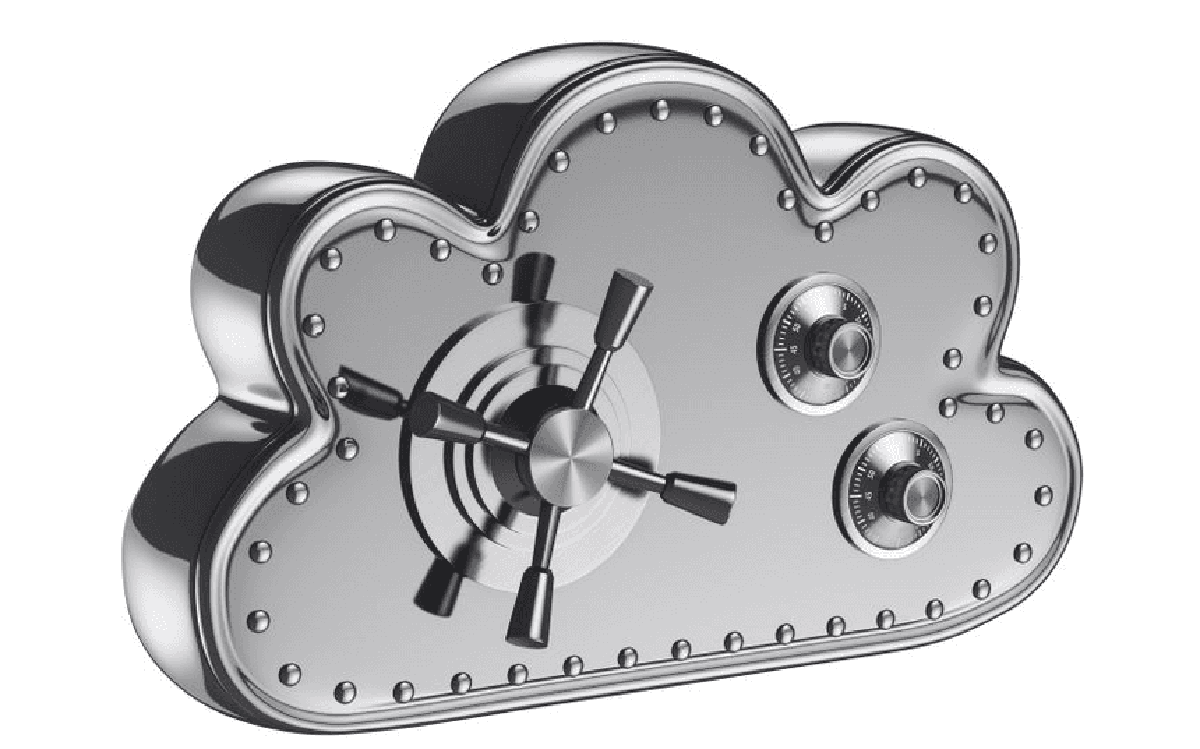The case for password managers
People these days are turning more and more to password managers and digital vaults to protect and manage their online and digital accounts and assets.
The initial value proposition for password managers when they emerged was that you had to remember only one master password. The password management services would then take care of generating, autofilling, autosaving and protecting the passwords for your various online accounts.
This initial value proposition was soon extended with additional user benefits, the most prominent of which is probably digital inheritance.
Let’s analyze the current digital inheritance capabilities of password managers, see their shortcomings, and then look at how they will potentially evolve in the future to fully meet the needs of users. But before that, let’s establish why password managers turned to digital inheritance in the first place.
Why digital inheritance?
The adoption of various password managers today is ubiquitous, from the established Apple Keychain and Google Chrome Password Manager, through middle-ground solutions such as LastPass and Bitwarden, to enterprise SSO solutions such as JumpCloud and Okta.
The more people used these services, though, the more they started to ask themselves the important question about the control of these accounts and passwords should anything happen to them.
What would happen to the various accounts and online identities that people protected with their password managers when they passed away? The various solutions on the market, from the small ones to the enterprise tools, didn’t provide a clear solution to that problem.
Therefore, it was not surprising that password managers of various calibers started to focus on that area and provide solutions for digital inheritance.
Password managers with digital inheritance
Password managers soon started to provide digital inheritance capabilities. It works more or less in the following way: the user can enter information about executors or trustees and assign them to the relevant assets.
This way, the executors or trustees can request access in the future, if the owner passes away, and get access to the assets or account information designated to them.
And the most basic example of digital inheritance is simply sharing a password or access to a digital asset with a family member.
While this works in theory, there are several problems with that approach.
- The first one is that the executors or trustees need to remember the access and other details for many years to come. Imagine assigning a close family member or friend as a trustee or executor, or simply sharing valuable information with her, and that person needing to remember the access details for the next 40 years. It wouldn’t really give you peace of mind, would it? It would be more like a burden for both the trustee and the user.
- The second big problem with that approach is that the user might not want to share the information about certain assets just yet, but only when she passes away. Well, with the current approach, that’s not possible. When you enter information about a trustee or an executor, or share information with a family member, they are immediately notified. This can be quite embarrassing, to start with, and can also put the user in an awkward position if, for example, after a few years she changes her mind and assigns other executors or trustees.
Sure, we might question whether this second problem is not caused by the inherent desire of the password managers to grow through network effect, forcing the users to immediately notify their trustees or beneficiaries, or to immediately share with other people. As often happens, the growth-related goals of certain companies do not necessarily align with the desires of their clients…
Fortunately for the users, there are new and improved digital inheritance capabilities which solve these problems nicely.
Password managers with digital inheritance – as it should be
To cope with the problems of the initial digital inheritance capabilities of password managers, namely that the assigned trustees and executors had the burden of remembering the shared access details for many years, which does not exactly provide peace of mind for them or the users, and also that they were notified immediately when entered by the user, the digital inheritance services of some password managers evolved – in the right direction.
In order to cope with the problems, they’ve added features for the detection of a fatal event happening to the user. Basically, they can detect whether the user has passed away. This is done through various technological features: monitoring your preferred social networks, mobile phone login monitoring, email checkups, phone call verification, etc.
Why is that important and how is it related to the above-mentioned problems?
- First, the detection of a fatal event happening to the user enables the password managers with digital inheritance to proactively notify the designated trustees and executors. They no longer need to carry the burden of remembering access details and other information; the digital legacy management service will take care of notifying them via email and phone.
- Second, because the notification happens proactively by the password manager with digital inheritance, the user has the choice of notifying the trustees and executors when she enters them into the password manager service or only in the case of a fatal event happening to her. This also gives her the convenience of changing her mind without revealing this to the old or new trustees and executors.




